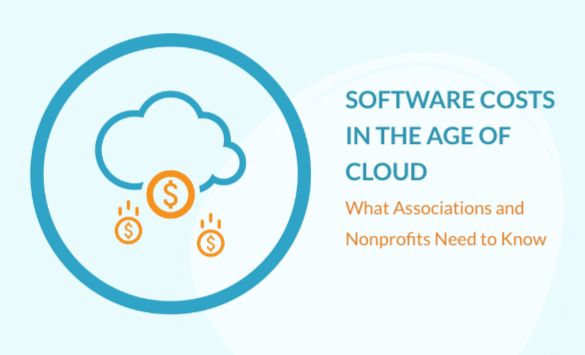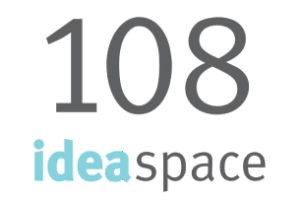Software has a cost, but it may not be as clear as you may think. Yes, purchasing Excel may be straightforward, but what about CRM, Marketing Automation, a new financial system, or any other core database that requires collaboration across the organization?
In the olden days, it was relatively simple: the application was usually custom-written, and the support fee was somewhere between 15-20% of the development cost. Today, it is far more complex. The cloud promises to eliminate your needs for internal support staff, maintenance, etc. And cloud vendors entice you with selling propositions such as “Only $125/month”… but the hidden costs can be so much higher.
Consider the following cost elements:
- Base application
- “Apps” and plug-ins (usually a subscription)
- Customization
- Data cleansing
- Data migration
- Connection/integration with other software
- Testing
- Customized documentation
- Training
- License fees
- Support fees
Then there are the internal costs that directly impact the value that will ultimately be delivered by the software:
- Needs analysis
- Process re-engineering
- Change management
- Project post-mortem
Finally, there are two hidden costs that are rarely considered:
- Opportunity cost of the software not being a “perfect fit”
- Opportunity cost of not using the software to drive your a unique competitive advantage
It is these last two costs that are connected to one of the most difficult choices an organization must make as it decides on a software platform: custom development, packaged proprietary software, or flexible framework.
1) Custom-developed software: This software is built exclusively for the organization by a developer, often because the needs are so unique that there is nothing “in the market” that can do the job. The advantage is the perfect fit: the software can leverage the unique capabilities of the organization and precisely drive strategic goals. Two key disadvantages of this approach are the cost, and the significant time that it takes to design, develop, and deploy a custom solution. It is because of these disadvantages that proprietary packaged software became so popular.
2) Proprietary packaged software: Whether it is delivered using client-server technology or via the cloud, proprietary packaged software is relatively simple: there is a feature list in the base application, additional “modules” that might be purchased, and often the option to skin the software with an organization’s colors (and logo).
Advantages center around cost, but also in that many vendors tout that the software embeds functional “best practices”. The key disadvantages of this approach are the opportunity costs: because the software does not have the flexibility to be customized, the organization will need to change to fit the software – no small endeavor. Furthermore, because others are using the exact same software, the software itself cannot provide or support any of the organization’s inherent strategic advantages. Even the assumption that the software truly does embed best practices is open to question: who says that the best practices for others are the best practices for you? Finally, as the organization’s needs change over the years, there is no ability to have the software adapt to these changes. It is because of these factors that a flexible framework approach has become so popular.
3) Flexible framework software: Using this approach, the base capability of the software is already developed, but it can be customized by a developer to be a perfect fit. Examples of this include SharePoint or Salesforce: it is possible to use this software out of the box, but both have very robust development environments, as well as add-ins/apps that extend the functionality significantly.
The key advantage of a flexible framework is that core functionality has already been developed, speeding deployment – yet significant customization is not just possible, but expected; this reduces the opportunity cost, or sometimes removes it completely. The disadvantage of a flexible framework is that when comparing the “feature set” to the packaged software alternative, a flexible framework rarely wins. And because flexible frameworks are so often delivered via the cloud, not every organization is ready to make this leap.
Back to the cost of software: When comparing each of these approaches, comparing costs means evaluating each of the 16 different cost dimensions identified earlier: they are very different depending on the approach. At the core of the decision, however, is how you view the software itself: is it a necessary expense, or is it an investment that can drive the business? Many organizations see an accounting system as an example of the former, and CRM and marketing automation as examples of the latter.











